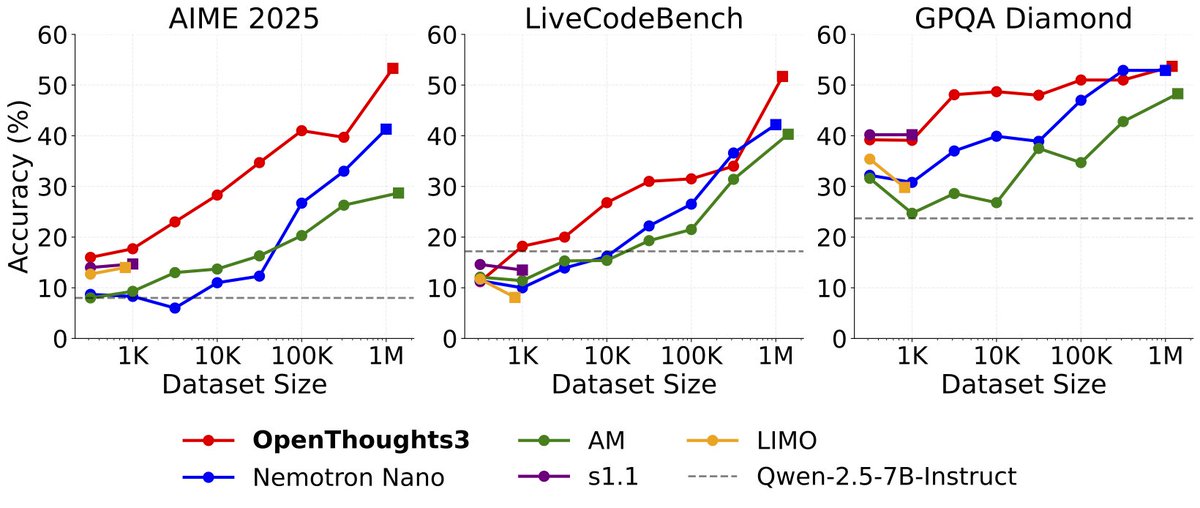
Sumuk
@sumukx
evals @ huggingface 🤗 | working towards a plurality of autonomous intelligent systems
ID: 1704646735950168064
https://sumuk.org 21-09-2023 00:00:39
547 Tweet
291 Takipçi
423 Takip Edilen



Excited to expand our collaboration with Microsoft Azure, thanks for the shoutout Satya Nadella!










we really need regulation for this, Aidan McLaughlin has yet to answer for what they did to the original O1-Pro model











